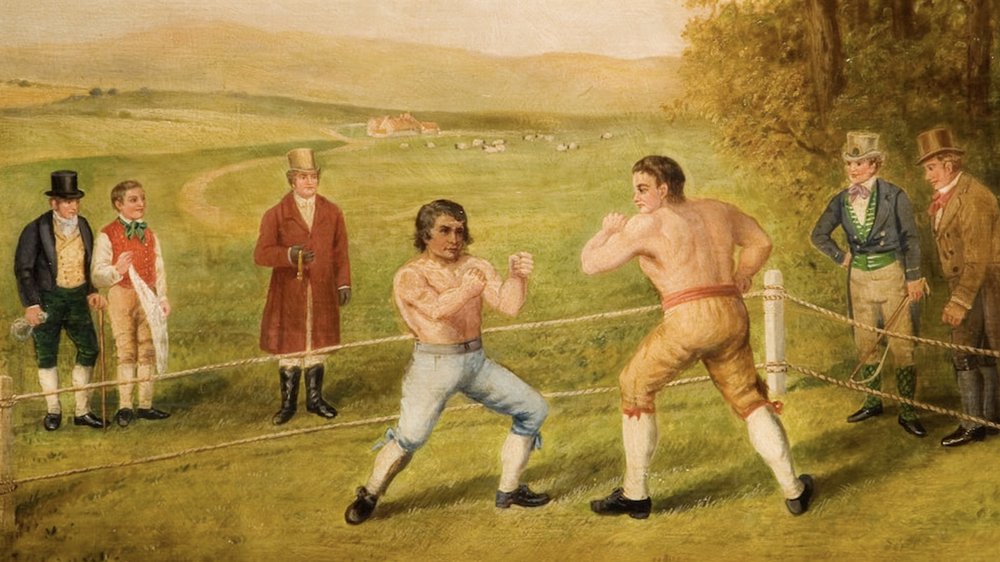Conflict is an inevitable part of daily life, and it is certainly an inevitable part of school life. Despite having firmly embedded routines and daily practices, dedicated staff, supportive parents and a very visible and passionate principal, conflicts still arise in every school.
Conflict that results in some kind of physical injury understandably gets the most attention, but it is thankfully a relatively rare event. Far more common are varying degrees of disconnects among any combination of students, staff, parents and community members.
How these inevitable disconnects are routinely addressed by the principal has a tremendous impact on the overall school climate. Mishandling or simply ignoring these types of situations makes a leader look weak and indecisive, and severely compromises stakeholders’ faith in one’s leadership. Conversely, the productive resolution of such matters enhances the principal’s credibility, as well as often triggers much needed changes to long-standing practices.
Conflict resolution plays a profound role in the principal’s effectiveness, as no initiatives will gain the desired traction unless all stakeholders routinely feel safe and secure. As such, resolving conflict is going to be the focus of our next two monthly articles.
Next month we will look specifically at addressing conflict when it involves parents and/or staff. The vast majority of conflict within school life obviously centers around students, but parents and staff members are also frequently directly or indirectly involved in its resolution. The way in which such conflict is or is not addressed goes a long way in developing or eroding a vitally important sense of trust among these key stakeholders.
As a prelude to February’s focus, this month’s article shares some key overall guidelines for school administrators that apply in all conflict resolution.
Stay calm
When conflict does arise, the principal’s reaction needs to be rational, not emotional. One’s internal thoughts may vary considerably from one’s external expressions and it’s crucial in these types of situations to immediately don the “game face” or “leadership mask.” After all, the subsequent reactions of everyone in the school community will stem from the initial reaction of the school leader.
When addressing highly flammable situations, principals must always assume the role of a retardant and never inadvertently become an accelerant. The bottom line is that calmness conveys competence and competence conveys confidence.
Assess the situation
Principals need to take a few moments to view the whole forest, before they begin to resolve a conflict among a few select trees. Some issues obviously require prompt attention, but principals must always be thinking about the long-term impact of their decisions. There are also a few instances in which the prudent decision is to do nothing, and let the things unfold at their own pace.
Taking a few moments to get a better handle on the situation is generally time well spent. Triggering a major investigation for every issue is a time-consuming and a highly unproductive leadership practice. By the same token, quickly glossing over an issue can cause a principal to recognize and address only the tip of a potentially deep and complex iceberg. Frequent misreads in either of these situations undermine the leader’s credibility and add unnecessary tension and mistrust to school life.
Seek trusted advice
For more serious matters, it’s imperative for the principal to make superiors immediately aware of the situation, to seek their counsel, and/or share one’s tentative plan before proceeding. Over time, principals will develop a small network of highly respected and trusted colleagues. When unusual situations occur, these colleagues can serve as an invaluable sounding board.
It is important to stress that notifying superiors or accessing colleagues should both be done selectively. After all, the district’s expectation is that the principal will competently and confidently resolve the vast majority of issues with no additional input or assistance required.
Be open-minded
When beginning to resolve significant conflicts, it is critically important for the principal to have an open mind and go where the facts lead. Past experiences with certain students, staff or parents and/or their reputations should not influence one’s interpretation of these facts.
To be clear, subsequent consequences imposed may vary considerably if this is proven to be recurring behavior, but each situation has to be initially investigated at face value.
The bottom line is that principals owe it to everyone involved to do their due diligence and focus on what occurred, rather than being influenced by who was allegedly involved. Objectivity is key.
Resolve and monitor
Throughout the conflict resolution process, the principal needs to work honestly and earnestly towards an actual resolution. After all, true school leadership is not about short-term appeasement, but rather about long-term commitment. The overriding goal for a principal should always be to have his/her decisions deemed fair, well thought out and clearly articulated to all parties involved. It should never be a goal to have everyone, or frankly anyone, “liking” a decision, but rather having everyone respect it.
There absolutely needs to be an actionable and measurable component to important decisions, so ongoing monitoring is essential. Principals must commit to checking in with the parties involved; embracing honest feedback; and, conveying a genuine willingness to modify the agreed upon plan as needed.
Prioritize communication
Situations involving significant conflict are already stressful enough and the last things people need, or deserve, are any unnecessary surprises. In other words, ongoing communication is key.
Ongoing communication is all about clarifying any misunderstanding or misinformation and conveying new facts as they come to light. Sharing information and resolving conflict are not about picking sides, but rather about following the facts.
Throughout the conflict resolution process, principals must make a conscious effort to avoid getting involved in the “blame game.” School leaders must ensure that everyone has an opportunity to “save face,” and feel like their concerns have been genuinely heard.
About the authors
Jamie Bricker and Jack Barclay are retired school principals who live just outside of Toronto, Ontario. They co-host the Matters of Principal podcast.










